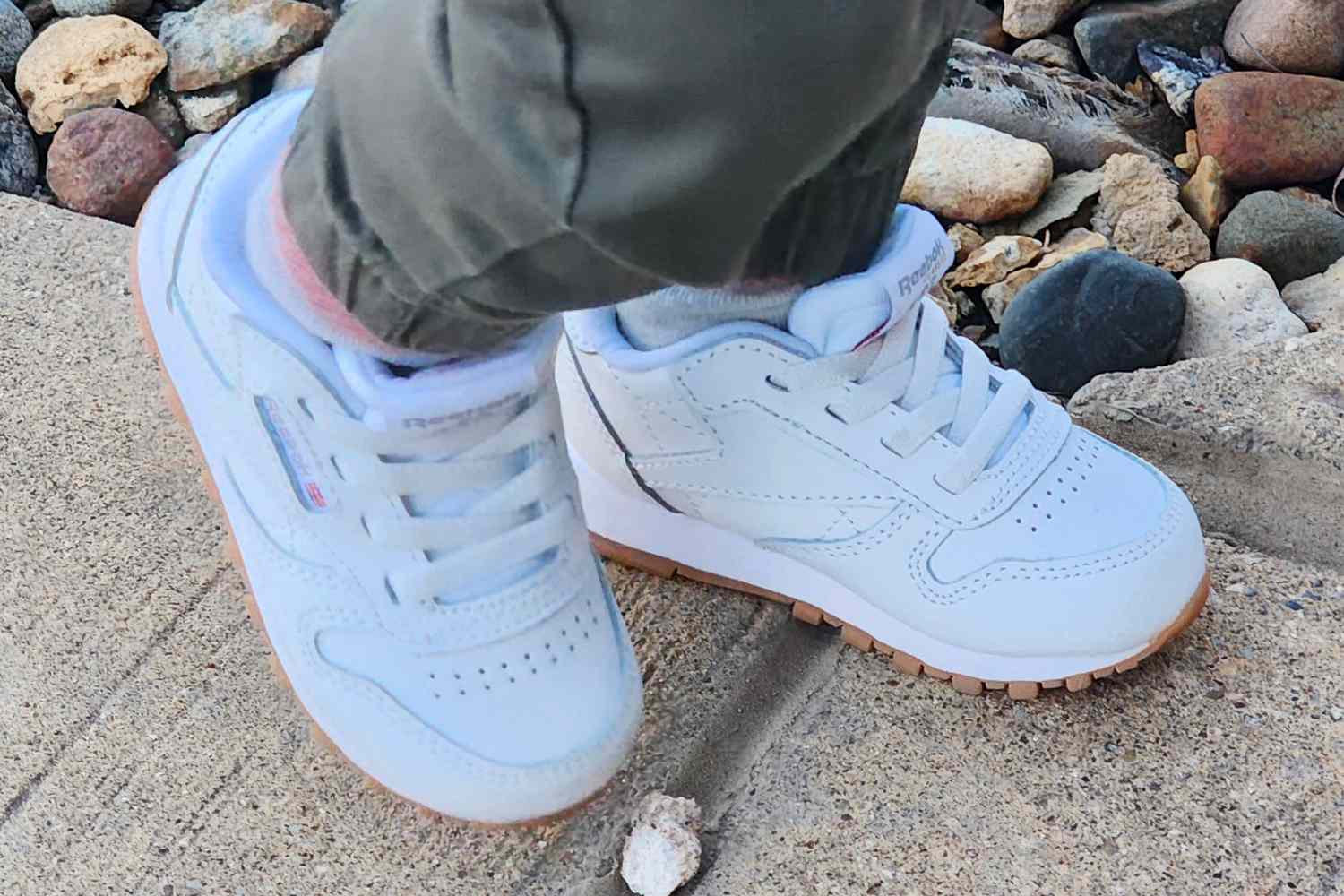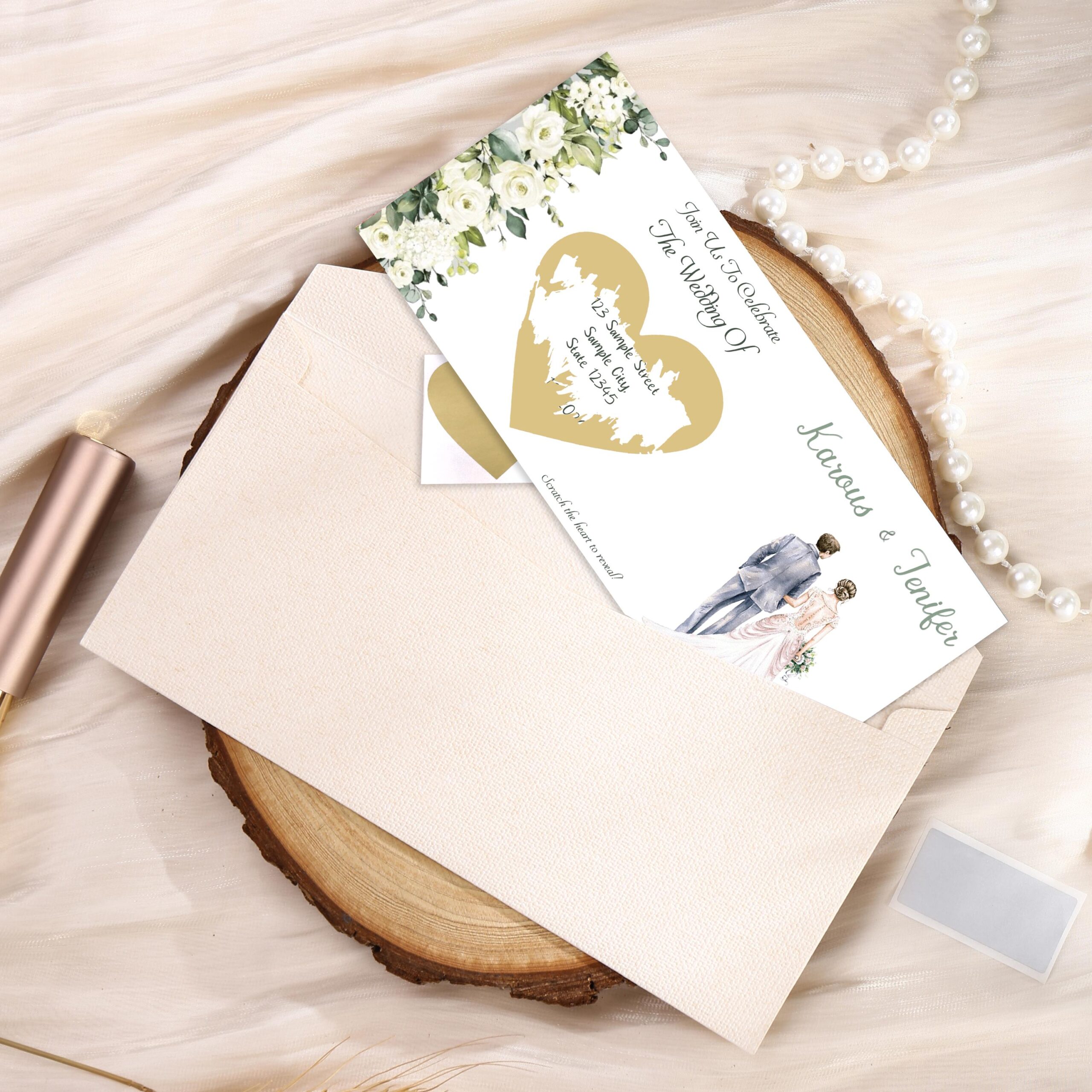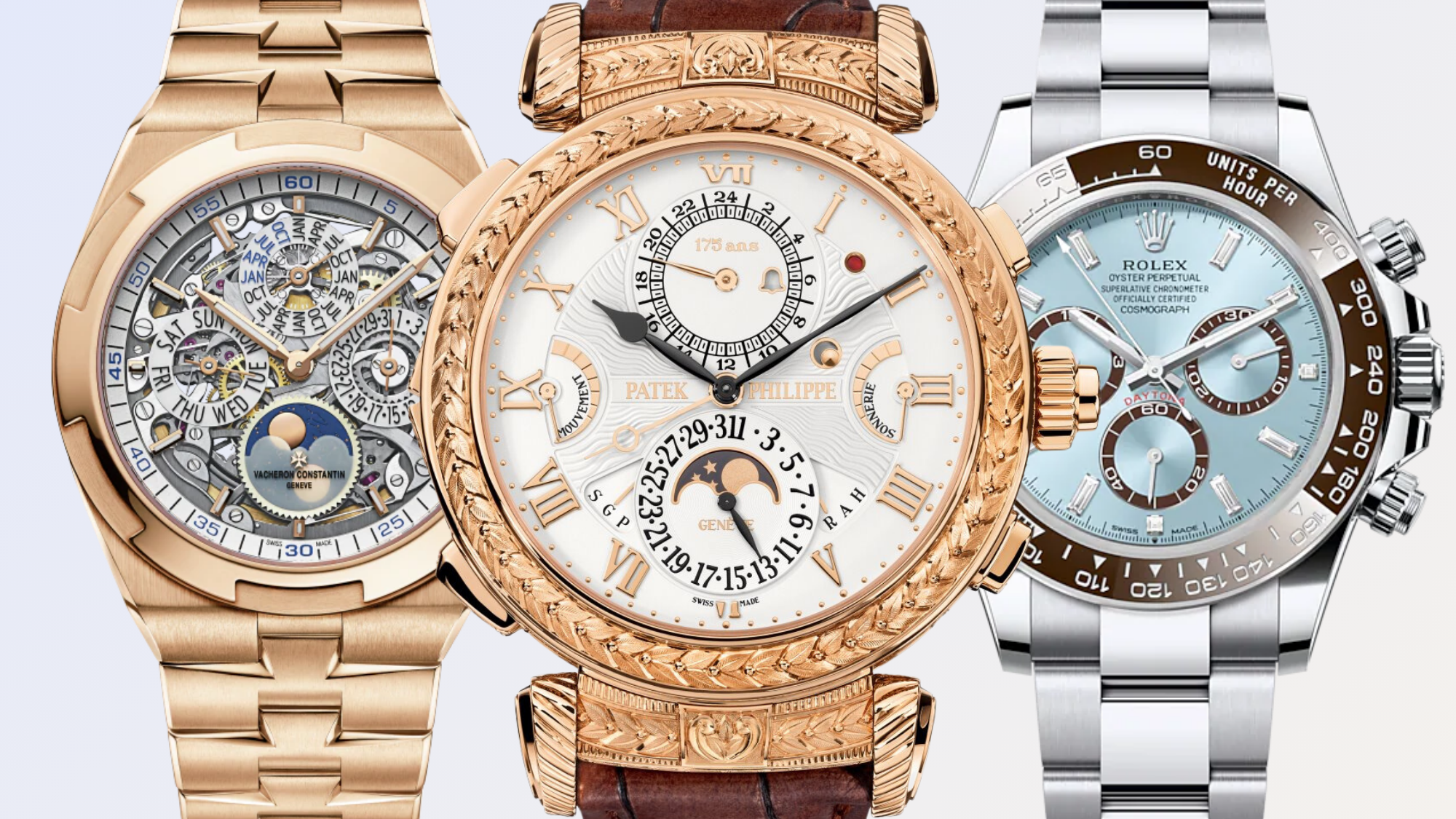It’s more complicated than you imagine to ensure your children have the appropriate shoes. Things like style and cost aren’t all to be considered. Your child’s growth in feet may depend on the type of shoes that you pick for the child.
Similar to how you’d take an expert’s advice about fitting your child for glasses, you must consider the expert advice when it comes to choosing the right shoe for your child. This blog post will assist you in choosing the right children’s footwear.
1. Pay attention to the size of the materials you are using.
If your child’s feet are sensitive should be paired with something breathable like canvas, leather, or even the latest mesh materials. Shoes must be pliable and have a sturdy heel.
To top it off, the toe box of the shoe should be large enough to allow the user to walk comfortably. The shoes should not be too tight; however, they must offer enough arch support.
For the best shoes for your children, take them to a measurement. There are three categories where a pair of children’s shoes should fit precisely:
- Breadth
- The part of your foot that arches towards the center
- The flex point is the softer part of the shoe’s sole and is the place where it bends at the lowest resistance.
If your child is still small, their feet of your child will grow quickly, so you should plan to change their shoes at least twice or every three months. Shopping for shoes that are two sizes too large in the belief that your child will grow out of them is a common error. Children’s walking ability may be affected by their walking exactly as an adult receives a pair of shoes that are too large.
2. You should be more focused on your feet than your wallet.
While it’s not always true that a higher cost signifies a better-quality shoe, don’t expect to find a bargain on shoes for children. Because children’s feet develop fast, it can be difficult to justify spending extra cost on shoes; however, it is essential for their development.
Children’s foot shapes are special, and therefore, it’s not recommended to put on someone else’s shoes. You might be tempted to swap your shoes with your younger sister in order to make money, but that’s not a smart idea. The only shoes you’ll be able to do this in are ones that you do not wear frequently or are reserved for occasions.
3. Take your child’s age into account.
Although newborn shoes may be adorable, they’re not practical until babies begin walking. Before a child begins walking, they won’t need shoes. Once they begin walking, it is recommended that they wear comfortable shoes, as children are appropriate for them.
Because of their mobility, toddlers require light shoes. Since a child’s arch typically doesn’t develop until 6-8, you don’t need to worry about traditional athletic shoes.
As soon as your child has reached the level of primary school and is in primary school, you can begin shopping for athletic shoes, which include special footwear for the various sports they might participate in. Also, children shouldn’t wear footwear that has no heels, backs (even small ones), or flip-flops.




